Choosing to stick with a failing project or staying in a bad relationship can feel like the right thing to do. You think, “I’ve already invested so much time and effort, I can’t just give up now.” But that mindset often leads to bigger losses down the road. Recognizing what is known as the sunk cost fallacy can help you make smarter choices, save money, and live a happier life.
What is the Sunk Cost Fallacy?
The sunk cost fallacy is a common cognitive bias that causes us to continue investing in something just because we’ve already put so much into it. We find ourselves holding on to things we have devoted time, money, or resources to, simply because we have already committed to them.
Instead of considering future benefits, we focus on past investments, which are now gone and can’t be recovered.
This error clouds our judgment, making us ignore whether continuing is worth it. Rational decision-making looks only at what lies ahead, not what’s behind. When you learn how to spot the sunk cost fallacy, you can cut your losses earlier and avoid wasting resources on things that no longer serve you.
Whether it’s about money, career, energy, or your personal life, knowing about the sunk cost fallacy helps you focus on what truly benefits you moving forward.

Historical and Psychological Background
The concept of the sunk cost fallacy cognitive bias comes from behavioral economics, a field studying how people make choices.
Learn More about Behavioral Economics
The sunk cost fallacy combines ideas like loss aversion and commitment bias. Loss aversion is a phenomenon where we fear the loss of something more than we anticipate the benefit of a potential gain. Commitment bias represents our innate desire to stick with what we’ve started.
Researchers like Arkes and Blumer uncovered how these tendencies can lead us astray. Their studies in the 1980s showed how hard it is to cut losses once we’re emotionally attached to a decision.
Examples of the Sunk Cost Fallacy
The sunk cost fallacy manifests in many aspects of life. For example:
In business. The sunk cost fallacy might be evident when a company continues to pour resources into a failing project or product line. They do so because they have invested significant time and money into its development, despite clear evidence that it is not gaining traction in the market. Think of Kodak, which refused to fully embrace digital cameras even when the market shifted.
At work. Sticking with a bad job in a toxic environment is another classic example of the sunk cost fallacy at play. We may feel compelled to remain in a job due to the time and effort we have already invested into it, even though staying in such detrimental conditions is harming our well-being and professional growth.

In relationships. The sunk cost fallacy can be seen when we choose to remain in an unsatisfying or detrimental relationship, believing that the years already invested justify enduring ongoing unhappiness or strife, even when it is evident that the relationship is not conducive to our well-being. For example, when one or both partners continuously overlook significant issues or red flags, convincing themselves that things will improve if they just try harder or wait longer.
In public policy. Governments sometimes continue funding unsuccessful projects, like ineffective social programs, just because they’ve already spent millions.
These examples illustrate how the sunk cost fallacy can lead to continued investment in situations where the rational choice may be to cut losses and redirect resources elsewhere.
Limiting Losses in Real Life
To avoid falling victim to the sunk cost fallacy and limit losses in real life, it is essential to adopt a more rational and objective approach to decision-making. The following strategies can help us overcome the sunk cost fallacy and make better choices:
1. Recognize sunk costs
The first step is to acknowledge when we are in a situation where past investments should not influence our current decisions. By recognizing sunk costs for what they are – irrecoverable and irrelevant to future outcomes – we can detach ourselves from emotional attachments and focus on the present circumstances.
2. Reassess your goals
Before making a decision, we need to take a step back and reassess goals and priorities. It is helpful to consider whether continuing down a certain path aligns with our long-term objectives or if it is better to cut our losses and move on to more promising opportunities.

3. Seek outside perspective
It can be challenging to remain objective when emotionally invested in a project or investment. Seeking feedback from a trusted friend, mentor, or advisor can provide an outsider’s perspective and help us make a more rational decision.
4. Conduct a cost-benefit analysis
Evaluate the potential costs and benefits of continuing with a particular investment or endeavor. If the costs far outweigh the benefits, it may be time to let go and redirect resources towards more fruitful ventures.
5. Embrace the idea of sunk costs
Accepting that some losses are inevitable and learning to let go of sunk costs can be empowering. By reframing our perspective and viewing sunk costs as valuable lessons rather than failures, we can grow and make better decisions in the future.
Behavioral experts warn us about emotional triggers like guilt and pride that feed into this fallacy. They also highlight that recognizing these feelings can help you stay rational. Studies find that people often need deliberate strategies to break free from the grip of sunk costs.

Strategies to Limit Losses and Avoid the Fallacy
Strategies to help you limit your losses and avoid the fallacy include:
Develop a Rational Decision-Making Framework
- Focus on future benefits and ignore past costs.
- Use tools like decision trees or list out pros and cons.
- Set clear rules about when to stop your investments before you begin, not in the heat of the moment.
Cultivate Emotional Awareness and Resilience
- Notice when guilt or pride makes you cling to bad choices.
- Practice mindfulness to stay centered and rational.
- Accept that cutting losses might feel uncomfortable but will serve you better long-term.
Implement Practical Tips
- Set deadlines or check-in points to review your progress.
- Seek honest advice from friends, coaches or mentors.
- Keep a decision journal to see how your thinking develops over time.
Learning to Let Go
- Reframe losses as lessons, not failures.
- Focus on what you can gain from moving on.
- Read stories of people who successfully left bad investments behind and improved their lives.
Practical Tools and Resources
- Use finance apps to track spending and investments.
- Explore books like “Thinking, Fast and Slow” by Daniel Kahneman or “The Challenger Mindset” for behavioral insights.
- Consider talking to coaches or counselors who can help you stay on track with your decision-making.

The Broader Impact of Avoiding the Sunk Cost Fallacy
Understanding the concept of the sunk cost fallacy can help us in many ways and also has broader implications. For example:
- Getting better at recognizing when to walk away can protect your money. It helps avoid catastrophic losses in investments or business ventures. Learning to stop when things aren’t working saves you cash and stress.
- Making choices based on what’s best for your future, not your past, breeds confidence. It allows you to pursue meaningful goals without the baggage of old mistakes.
- In work, avoiding sunk costs means more efficient resource allocation. Projects get the attention they deserve, and you avoid throwing good money after bad.
- When governments and organizations stop funding failures early, society benefits through less waste. Better decision-making leads to smarter policies and public spending.
How to Overcome the Sunk Cost Fallacy
This quote is often used to emphasize the importance of recognizing and correcting a mistake as soon as it becomes apparent, rather than continuing down a fruitless or damaging path. It encourages us to assess our current situation, acknowledge when we’ve made a poor choice, and take prompt action to rectify the course of our journey.
The underlying message is to not be afraid to admit a misstep and make a proactive decision to change direction for a better outcome. Similarly, understanding the sunk cost fallacy helps us to make informed and rational decisions about knowing when to let go.
It also reminds us to focus on what lies ahead, not what’s behind. Cut your losses early, even if it feels uncomfortable. Look forward to better results and a brighter future.
Thank you as always for reading.
Affiliate Disclosure: Some links in this post are affiliate links. As an Amazon Associate, we earn from qualifying purchases. Thank you for supporting Kindness-Compassion-and-Coaching.com at no cost to you.

Joan Senio is the founder of Kindness-Compassion-and-Coaching.com. Joan’s career includes clinical healthcare plus 20+ years as an executive in a nationwide health care system and 15 years as a consultant. The common threads throughout Joan’s personal and professional life are a commitment to non-profit organizations, mental health, compassionate coaching, professional development and servant leadership. She is a certified Neuroscience Coach, member of the International Organization of Life Coaches, serves as a thought-leader for KuelLife.com and is also a regular contributor to PsychReg and Sixty and Me. You can read more about Joan here: Joan Senio.


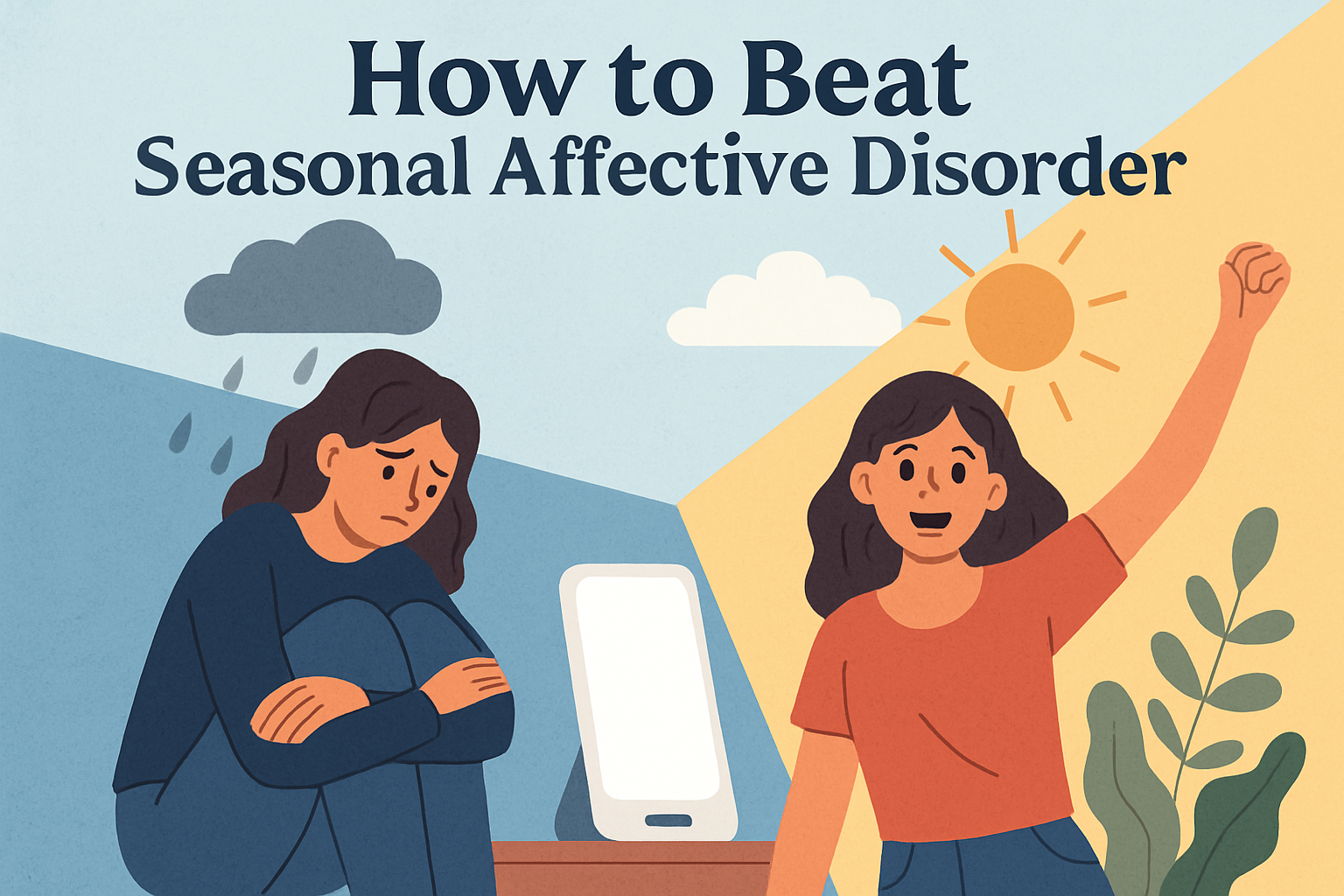


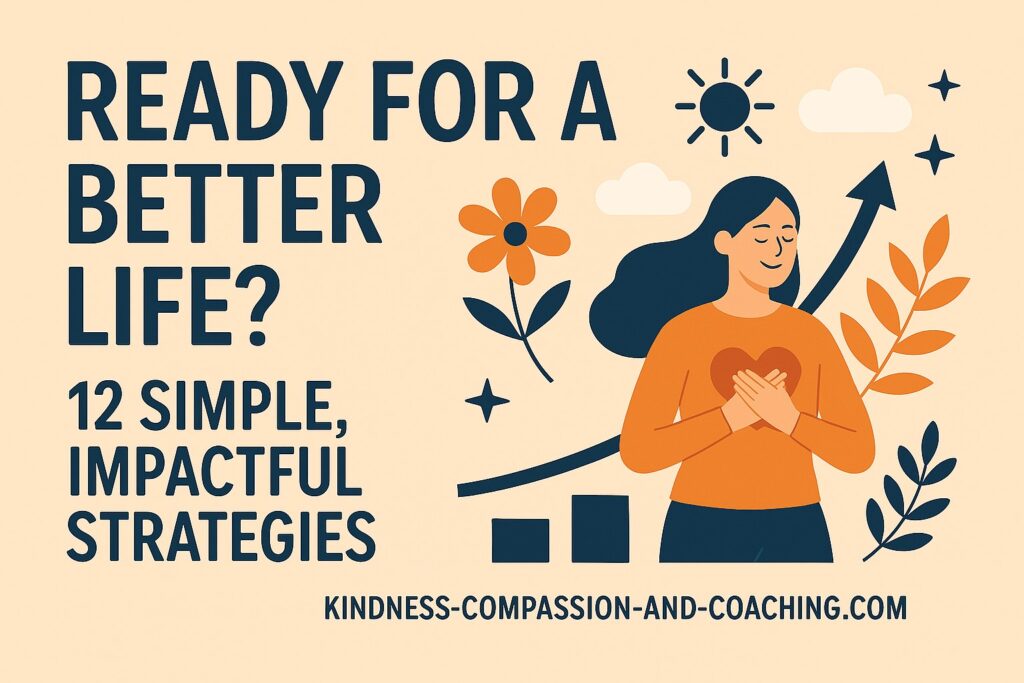

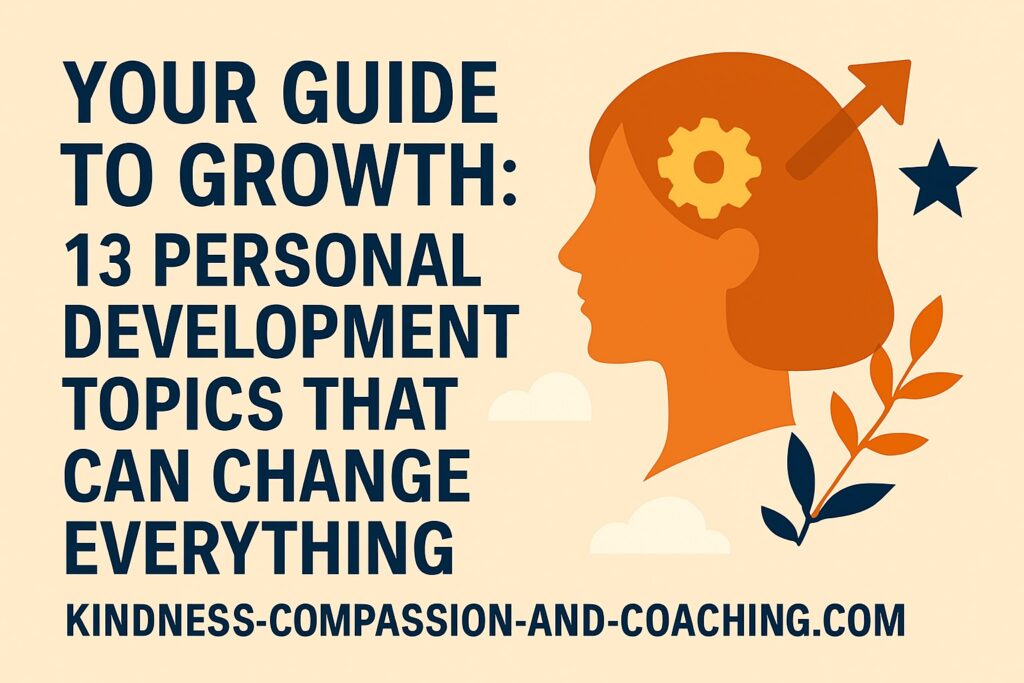

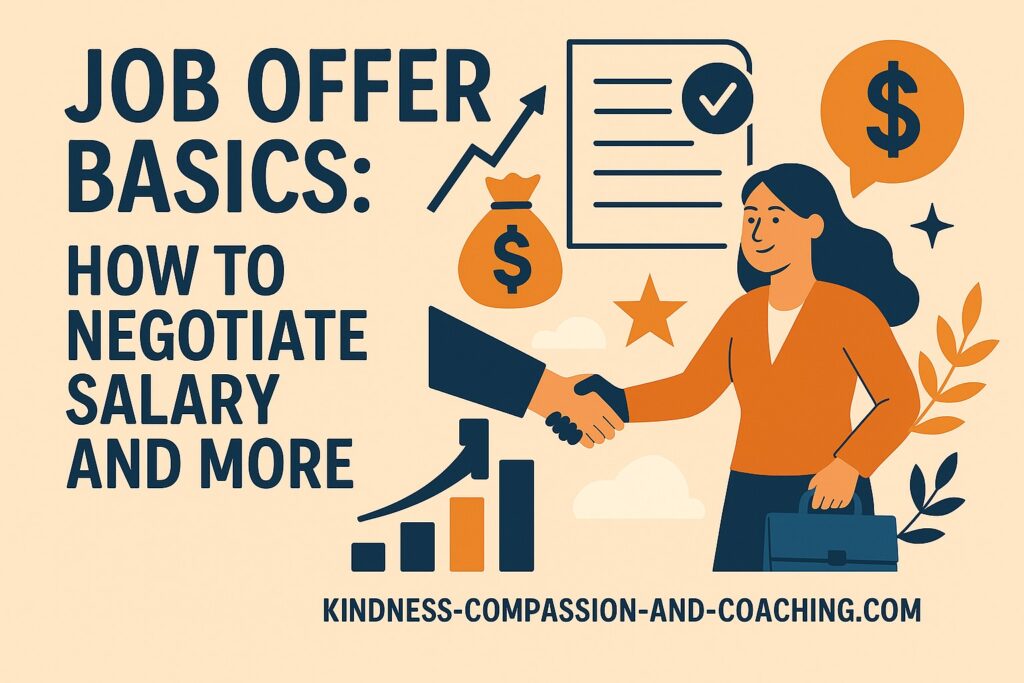
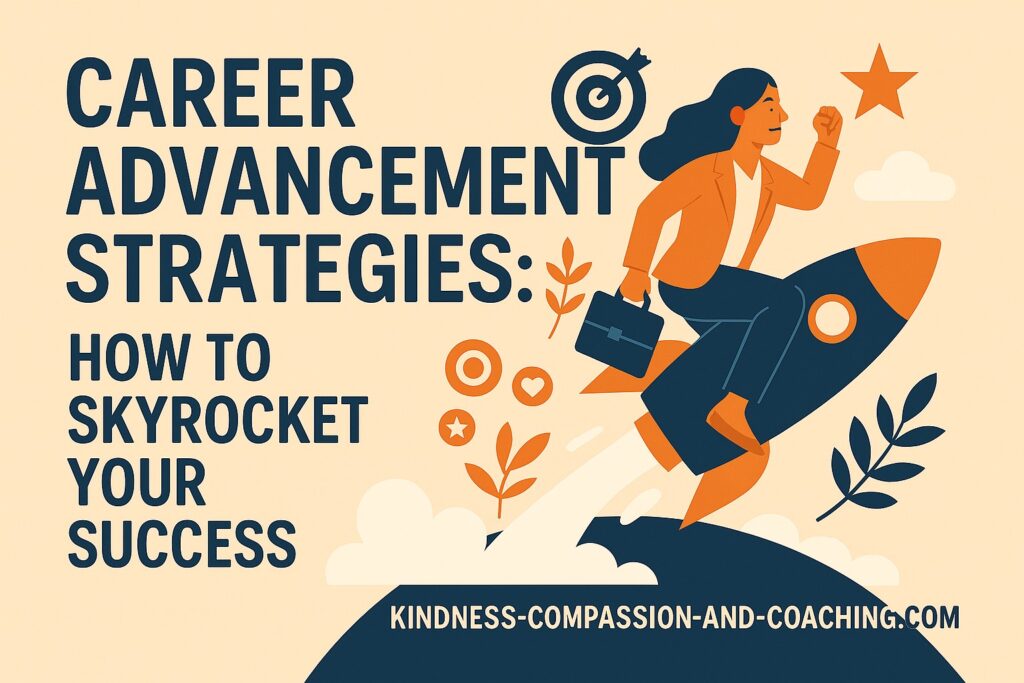
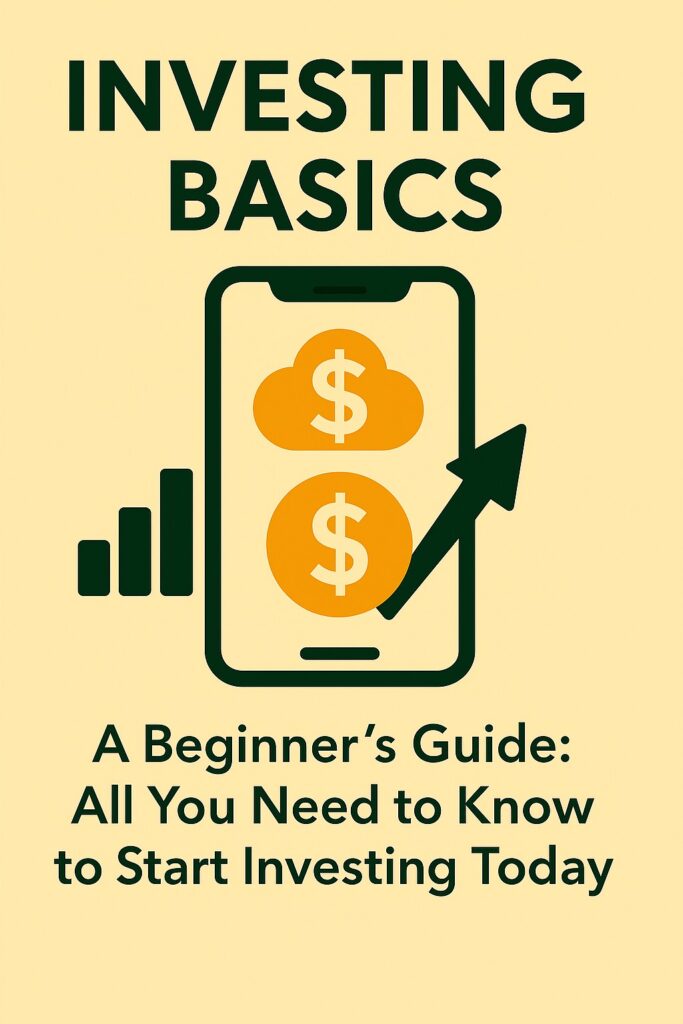


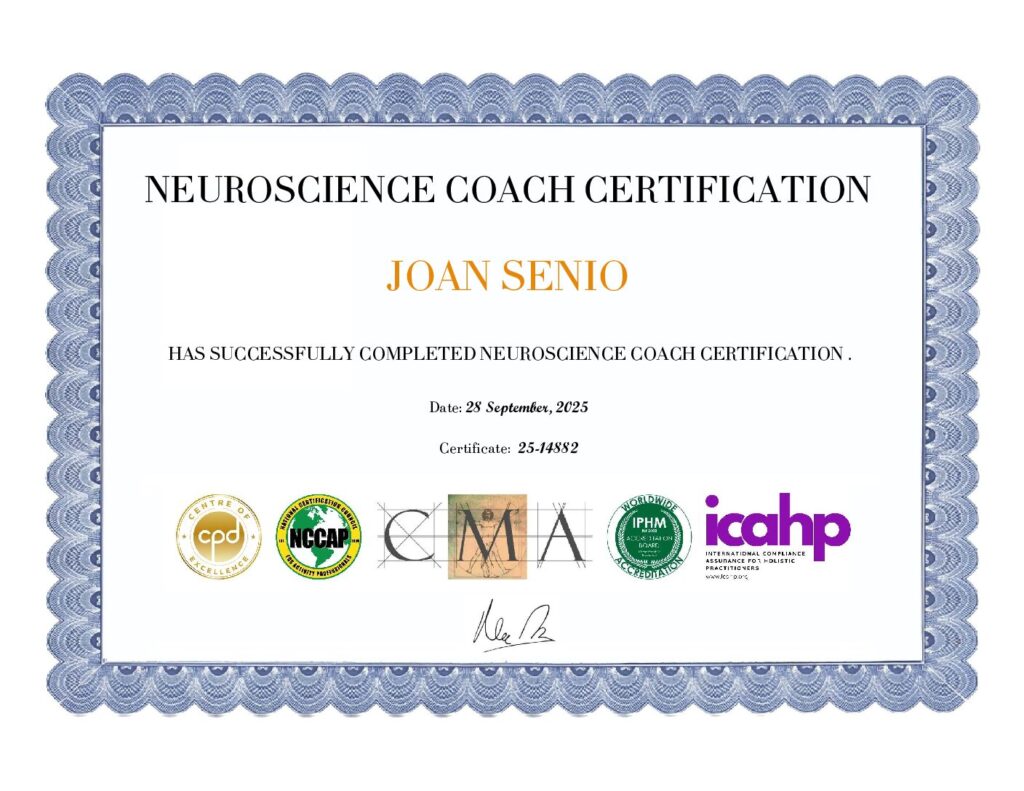

No Responses